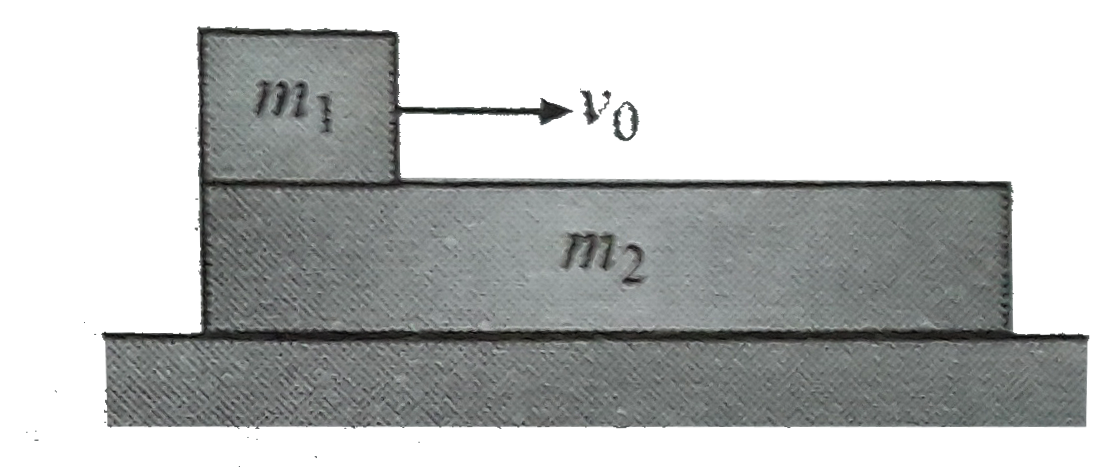Text Solution
Verified by Experts
Topper's Solved these Questions
NEWTON'S LAWS OF MOTION 2
CENGAGE PHYSICS|Exercise Exercise 7.3|27 VideosNEWTON'S LAWS OF MOTION 2
CENGAGE PHYSICS|Exercise Subjective|21 VideosNEWTON'S LAWS OF MOTION 2
CENGAGE PHYSICS|Exercise Exercise 7.1|25 VideosNEWTON'S LAWS OF MOTION 1
CENGAGE PHYSICS|Exercise Integer|5 VideosPROPERTIES OF SOLIDS AND FLUIDS
CENGAGE PHYSICS|Exercise INTEGER_TYPE|2 Videos
Similar Questions
Explore conceptually related problems
Knowledge Check
A
B
C
D
A
B
C
D
A
B
C
D
CENGAGE PHYSICS-NEWTON'S LAWS OF MOTION 2-Exercise 7.2
- A block of mass 1 kg is horizontal thrown with a velocity of 10 ms^(-1...
Text Solution
|
- In Fig. initialy the system is at rest .Find out minimum value of F fo...
Text Solution
|
- Find the acceleration of the two blocks The system is initaily at rest...
Text Solution
|
- Find the acceleration of the two blocks . The system is initialy at re...
Text Solution
|
- Find the acceleration of the two blocks The system initally at rest a...
Text Solution
|
- The block A is kept over a plan B. The maximum horizontal acceleration...
Text Solution
|
- Figure shows a small block A of mass m kept at the left end of a plank...
Text Solution
|
- A small block of mass m is placed on a plank of masss M .The block is ...
Text Solution
|
- Two block A and B are arrenged as shown in figure (m(A) = 5 kg and m(B...
Text Solution
|
- In Fig block 1 is placed on top of block 2 .Both of then have a mass o...
Text Solution
|
- A mass of 80 kg stands on a horizontal weight machine of negligible ma...
Text Solution
|
- A block of mass m(1) = 1 kg is horizontally thrown with a velocity of ...
Text Solution
|
- A side of a simplified form of verticle latch B is as shown in figure ...
Text Solution
|
- Find minimum normal force to be each hand to hold there identical boo...
Text Solution
|
- A plank of mass M is placed on a rough horizontal force F is applied o...
Text Solution
|
- A man of mass m is moving with a constant acceleration a w.r.t plank i...
Text Solution
|
